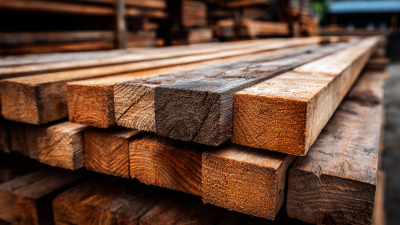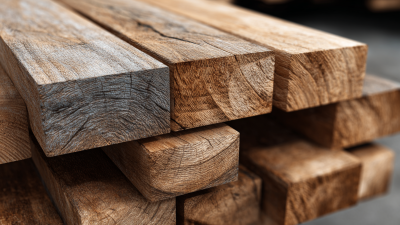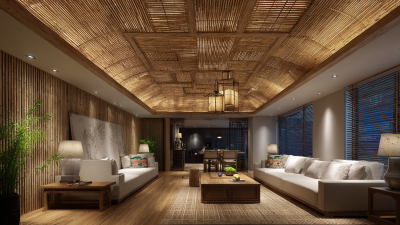Leave Your Message
-
Whatsapp
-
Whatsapp
Choosing the right type of plywood for your projects can significantly impact both durability and aesthetic appeal, particularly when it comes to Poplar Plywood. This material is renowned for its versatility, lightweight nature, and fine grain, making it a popular choice among builders and craftsmen alike. According to the National Wood Flooring Association, the demand for Poplar Plywood has surged in the past few years, with a reported increase of 15% in usage across various industries, including cabinetry, furniture, and interior design. Furthermore, a study by the American Plywood Association highlights that Poplar Plywood offers excellent workability, which allows for easy cutting, shaping, and finishing - essential factors for achieving high-quality results in any project. Thus, understanding how to select the best Poplar Plywood becomes crucial for ensuring both the functionality and aesthetic of your final product.
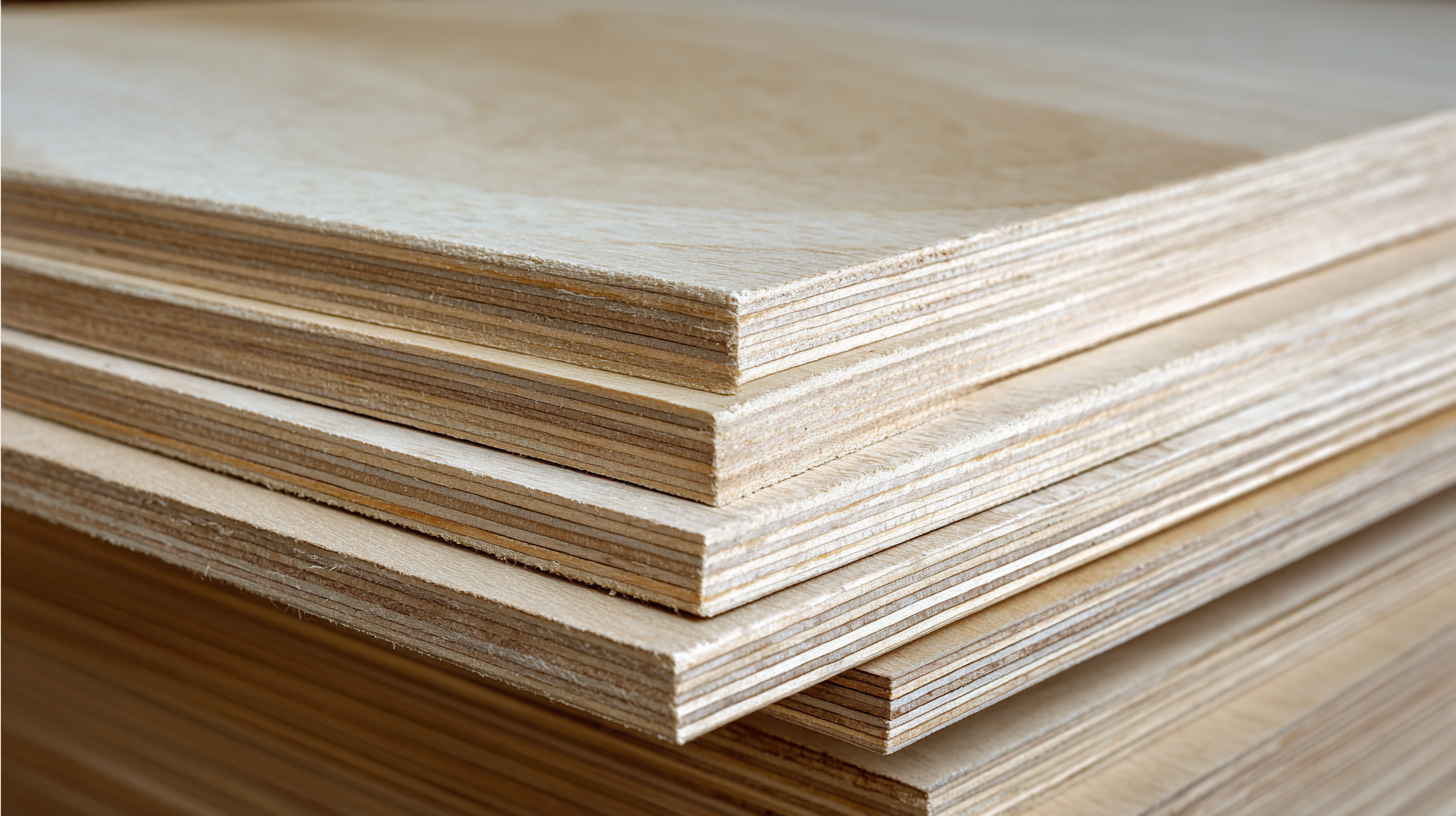
When selecting poplar plywood for your project, it’s essential to understand the different types available on the market. Poplar plywood is categorized primarily as hardwood, which is favored for its strength and durability. It offers a smooth surface, making it ideal for applications where aesthetics are important. The plywood typically comes in various grades, affecting its appearance and structural integrity. Higher-grade poplar plywood is more suitable for visible applications, while lower grades can be used in projects where the wood will be concealed.
In addition to understanding grades, it's crucial to consider the specific application of the plywood. For instance, poplar plywood can be utilized in furniture making, cabinetry, and even in drum shells due to its excellent acoustic properties. Additionally, the plywood’s versatility can be leveraged in both new construction and rehabilitation projects. Thus, knowing the purpose behind your choice can help in selecting the right type, ensuring performance and longevity in your upcoming project.
| Type of Poplar Plywood | Thickness (inches) | Grade | Typical Uses | Price Range ($ per sheet) |
|---|---|---|---|---|
| B/BB Grade | 0.25 | B/BB | Furniture, Cabinetry | 40-60 |
| CC Grade | 0.5 | CC | Shelving, Interior Projects | 30-50 |
| A Grade | 0.75 | A | High-End Furniture, Cabinetry | 65-85 |
| D Grade | 1.0 | D | Construction, Industrial Uses | 20-35 |
| Premium Poplar Plywood | 0.75 | Premium | Decorative Applications | 80-100 |
When choosing the best poplar plywood for your project, several key factors should be considered to ensure you’re making the right selection. First and foremost, evaluate the grade of the plywood. Higher grades mean fewer defects, which can be crucial for visible projects such as cabinetry or furniture. Grade CDX, for instance, may be suitable for structural uses, while A-grade boards are perfect for fine finishing.
Another important factor is the thickness of the plywood. Thicker sheets provide more durability and strength, which is essential for load-bearing applications. However, for lighter projects or those requiring more flexibility, a thinner option might suffice.
Tips: Always check the wood’s moisture content before buying, as this can affect the wood’s performance and longevity. Additionally, consider the intended use—if you will be staining or painting the plywood, choose a smoother surface to achieve a better finish. Finally, understand the sourcing of the plywood; responsibly sourced products support environmental sustainability and can also affect the quality of the wood.
When selecting poplar plywood for your next project, understanding the various grades available is crucial for achieving the desired outcome. Poplar plywood is often graded based on its appearance and thickness, which significantly affects its application. Common grades include A, B, C, and D, with A being the highest quality featuring a smooth, paintable surface and minimal defects, making it ideal for visible uses such as cabinetry or furniture. Conversely, lower grades like C and D have more defects and imperfections, making them suitable for less visible structural elements.
In addition to its aesthetic qualities, the choice of poplar plywood affects the acoustic properties if used in musical applications, such as drum shells. Different grades exhibit varied sound characteristics due to their density and construction. Higher-grade poplar plywood tends to produce a warmer tone with better resonance, while lower grades may yield a brighter sound but at the cost of durability. By comparing these grades carefully, you can select the right poplar plywood that meets not only your project's visual and structural requirements but also aligns with its acoustic needs, particularly in sound-sensitive applications.
When selecting poplar plywood for your project, the importance of thickness and size cannot be overstated. The thickness of the plywood can impact both its strength and weight, which are crucial factors depending on your intended use. For instance, thicker plywood tends to be more robust and can carry heavier loads, making it ideal for structural applications. On the other hand, thinner options are lighter and may be best for crafting furniture or decorative elements where less strength is required.
Tips: When choosing the thickness, consider the specific requirements of your project. If you’re building shelving, opt for at least ¾ inch thick plywood to ensure stability and support. For interior designs or cabinetry, ½ inch may suffice, but always assess the intended load.
Size is another critical aspect to consider. The dimensions of the plywood sheets you choose should correspond to your project's scale and the tools at your disposal. Larger sheets minimize seams and joints, leading to a cleaner finish, while smaller sheets may be easier to handle and cut.
Tips: Always measure your workspace before purchasing to avoid unnecessary waste and ensure the plywood fits within your design plan efficiently.
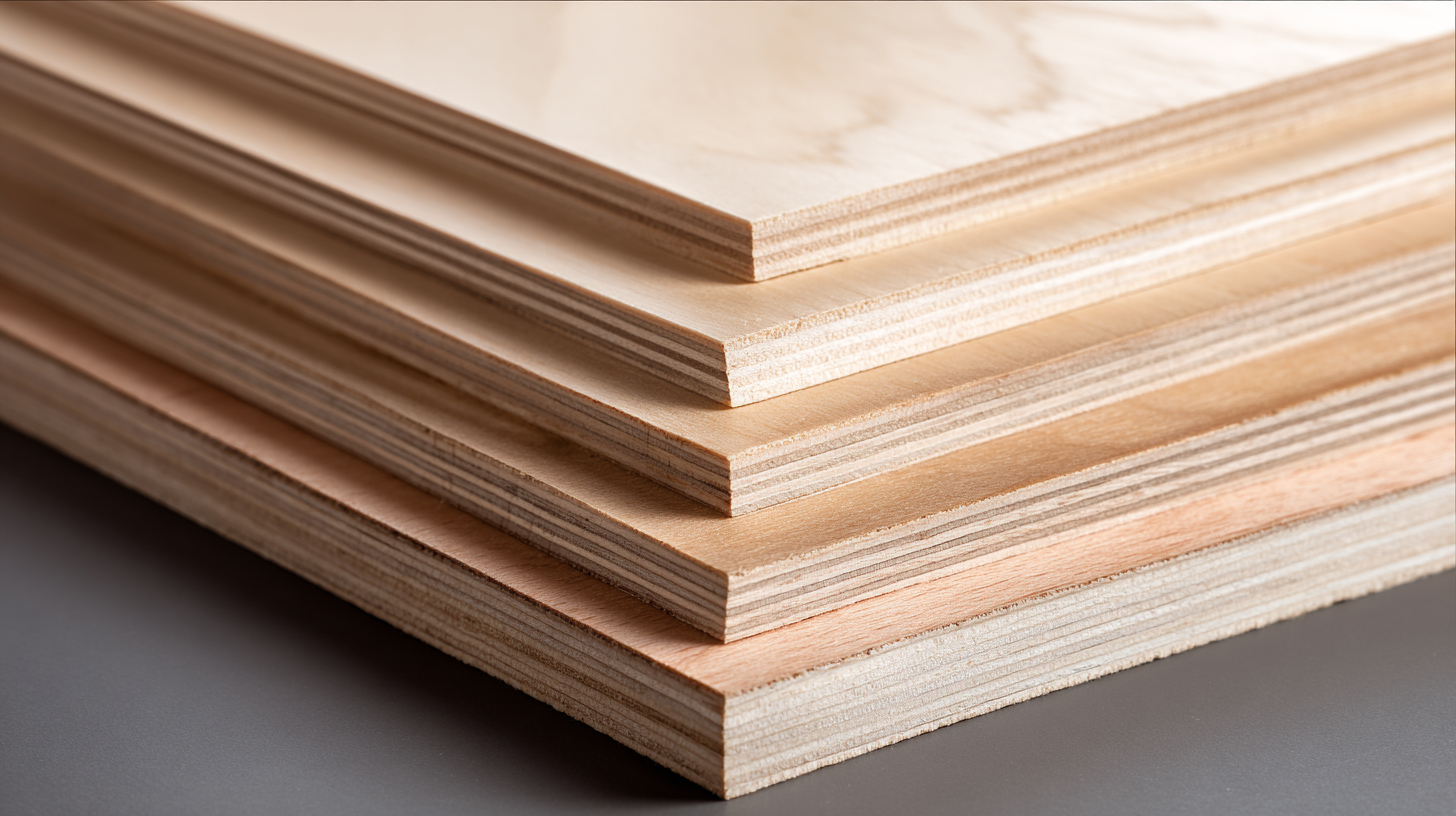
When selecting the best poplar plywood for your next project, it is essential to consider various specialty variants that can enhance both appearance and performance. For instance, advancements in treatment options such as thermal treatments can significantly influence the wood's color and structural integrity. Studies have shown that applying thermal treatments with water or diluted acid can modify the cell wall and chemical structure of poplar wood, potentially resulting in improved durability and aesthetic qualities.
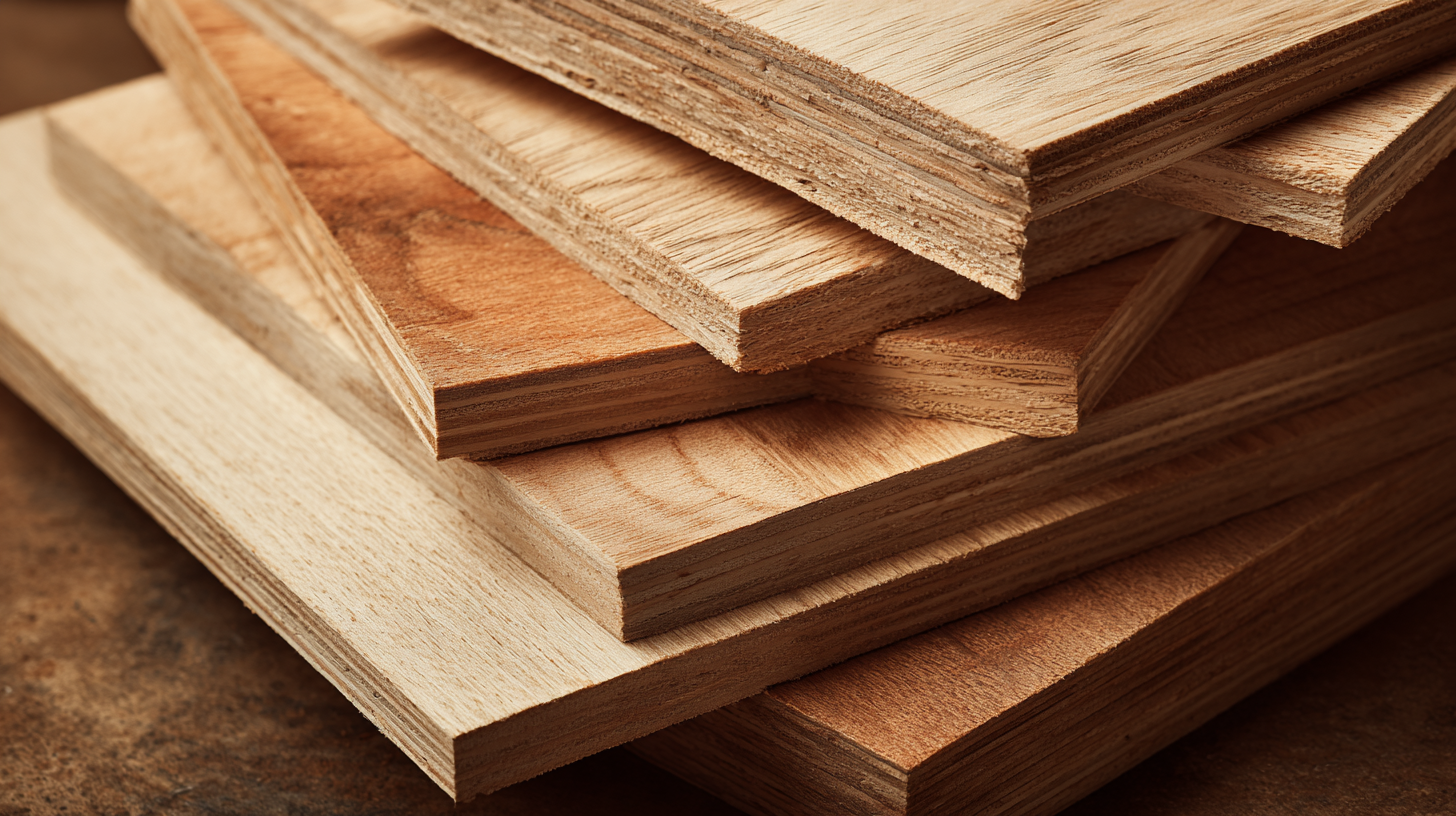
Additionally, integrating innovative treatment processes, like co-fungal treatment, can offer effective lignin degradation and enhance polyphenol enrichment in poplar bark sawdust. This not only contributes to the mechanical properties of the plywood but also may lead to more sustainable usage of by-products in your projects. As a result, understanding the interplay between these treatments and the natural characteristics of the wood will guide you in making informed choices for achieving the desired finish and functionality in your plywood applications.


